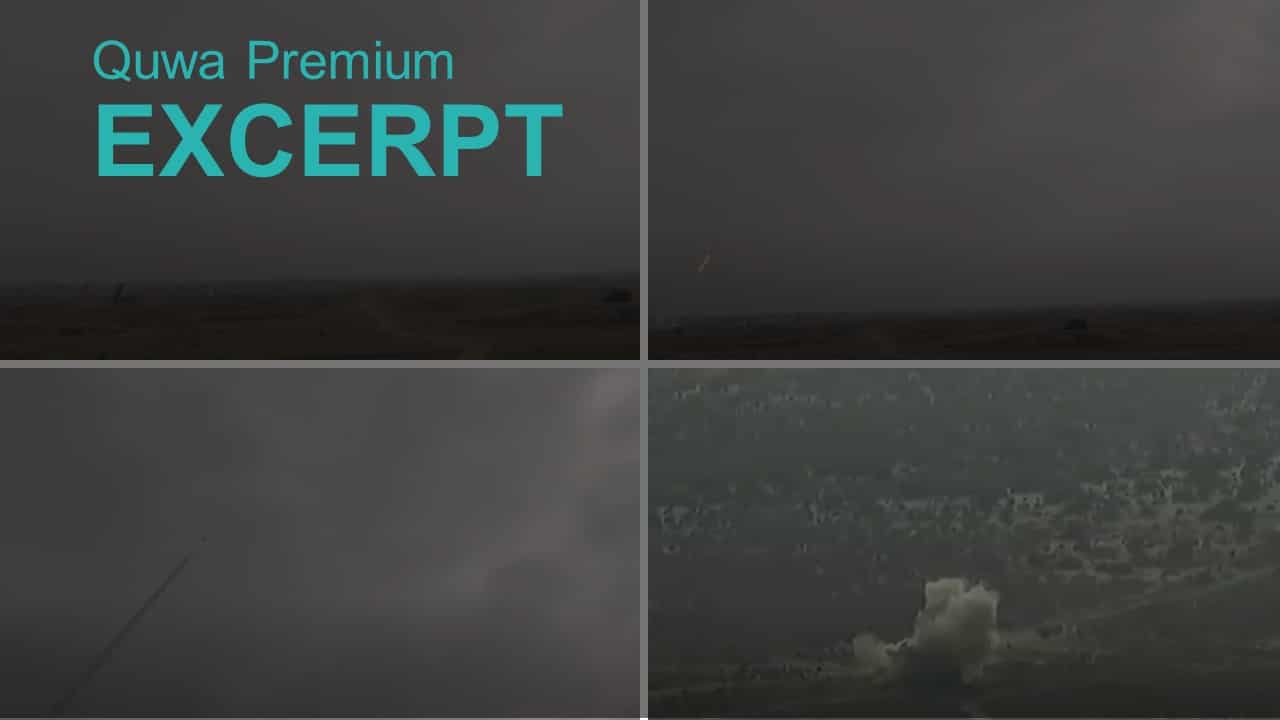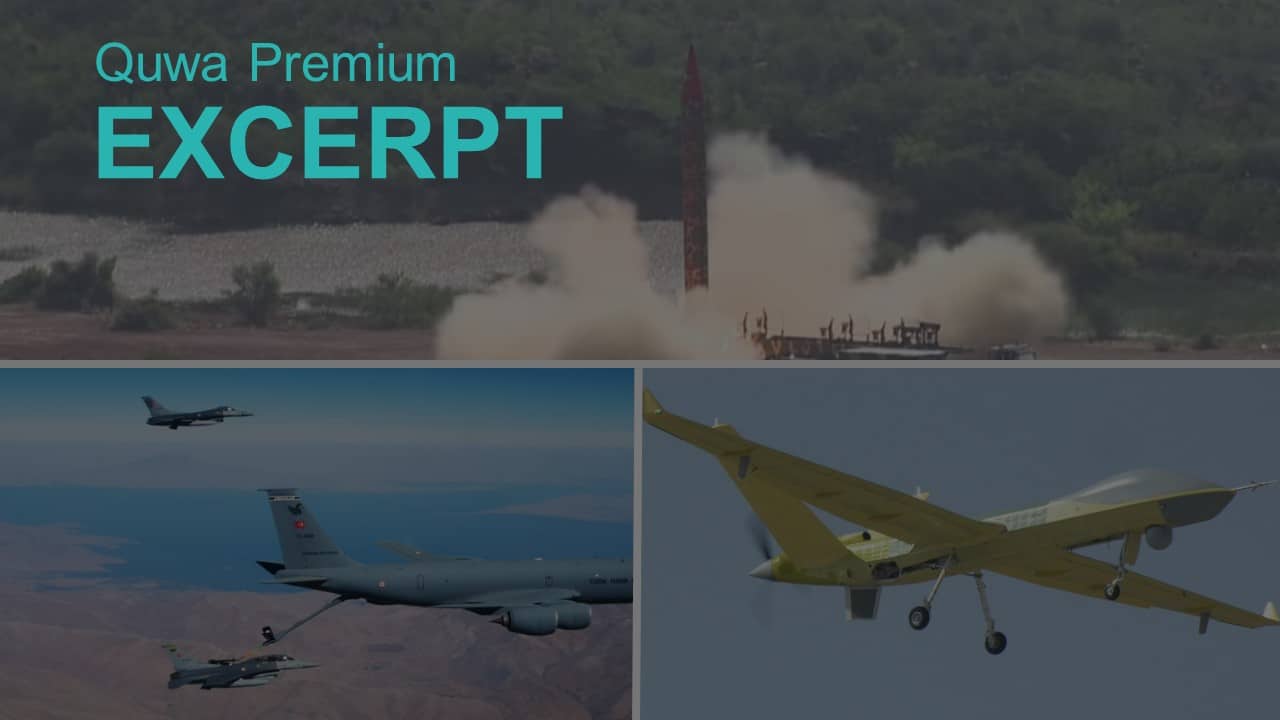2809Views

Pakistan Tests Indigenous Fatah-1 Guided MLRS
On 07 January 2021, Pakistan’s Inter Services Public Relations (ISPR) announced that the Pakistan Army test-fired an indigenously developed multiple launch rocket system (MLRS). Designated the Fatah-1, the ISPR said the guided MLRS can deliver a conventional warhead up to a range of 140 km.
Adding to Pakistan’s rocket artillery inventory, the Fatah-1 joins the A-100, Nasr, and Yarmouk-series. Like the Fatah-1, Pakistan manufactures the A-100, Nasr, and Yarmouk domestically.
But in contrast to its other rockets, Pakistan is positioning the Fatah-1 as an offensively oriented weapon. The ISPR says the Fatah-1 gives Pakistan the ability to precisely engage targets “deep in enemy territory.”
Background on the Fatah-1
The Fatah-1 seems to be one of two MLRS the Pakistan Ministry of Defence Production (MoDP) referenced in its annual yearbook in 2015-2016. [1] These were a base MLRS and an “extended-range” MLRS.
In 2019, the ISPR revealed the A-100 (which has a range of over 100 km) as an “indigenous” rocket. If the A-100 is the base MLRS, the 140-km Fatah-1 could be the “extended-range” MLRS design.
There is no confirmed connection between the A-100 and Fatah-1. However, Pakistan apparently localized the A-100, so it would make sense for it to develop the Fatah-1 as a subvariant. If the Fatah-1 is a variant of the A-100, then it could share the same caliber (300 mm) and warhead weight (reportedly 235 kg).
However, this apparent link is only speculation. The Fatah-1 could also be distinct design and, as a result, be a larger rocket design. For reference, the Chinese Weishi or WS-series of rockets have spun out into a diverse line-up of missiles of varying calibres, ranges, and applications.
The ISPR’s mention of “precision target engagement” indicates that Pakistan configured the Fatah-1 with a guidance system. It could be a GPS/INS (or BeiDou/INS)-based suite. This enables Pakistan to feed Fatah-1 missiles with location data of predetermined targets.
Thus, Pakistan could use the Fatah-1 as a long-range strike weapon, and potentially deploy it combination with precision-guided bombs (PGB), land-attack cruise missiles (LACM), and glide-munitions.
How Pakistan May Deploy the Fatah-1
Past footage of Pakistan’s artillery deployments show that it is using the SLC-2 counter-battery radar with the A-100E (which it was using before announcing a locally built variant). However, the range potential of the Fatah-1 exceeds the reported detection range of the SLC-2…
End of Excerpt (389/1,203 Words)
You can read the complete article by logging in (click here) or subscribing to Quwa Premium (click here).
[1] Ministry of Defence Production (MoDP) Yearbook 2015-2016 Part III. Government of Pakistan. p.14-15


